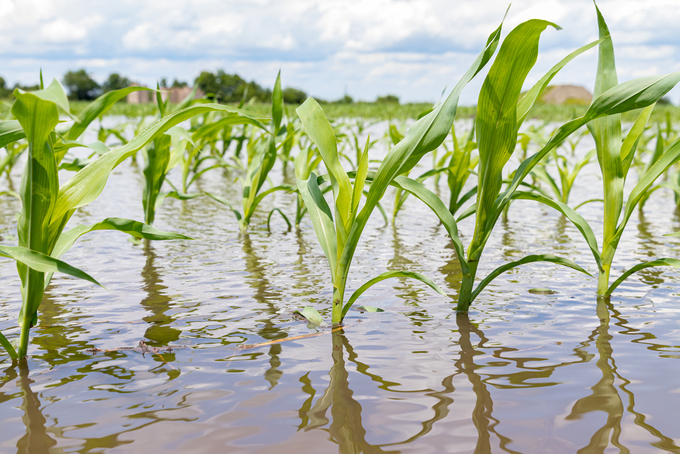May 14, 2025 | 17:45 GMT +7
May 14, 2025 | 17:45 GMT +7
Hotline: 0913.378.918
May 14, 2025 | 17:45 GMT +7
Hotline: 0913.378.918

Using 30 years of water quality data gathered by the UF/IFAS LAKEWATCH program from 1987 to 2018, scientists found that lakes in areas with winter fertilizer bans had the most improvement over time in levels of nitrogen and phosphorus, the main nutrients found in fertilizers.
Using 30 years of water quality data gathered by the UF/IFAS LAKEWATCH program from 1987 to 2018, scientists found that lakes in areas with winter fertilizer bans had the most improvement over time in levels of nitrogen and phosphorus, the main nutrients found in fertilizers.
These lakes also showed larger increases in water clarity and decreases in chlorophyll since the implementation of fertilizer bans. These measurements can also indicate lower nutrient levels, as excess nutrients can feed algae blooms that lead to turbid waters with higher levels of chlorophyll.
“To date, this is the most comprehensive study of fertilizer ordinances’ impact on water quality, not just in Florida but also nationally, and it would not have been possible without the efforts of our LAKEWATCH community scientists,” said Sam Smidt, an assistant professor in the UF/IFAS department of soil, water and ecosystem sciences and the senior author of the study.
Summer fertilizer bans are the most common type of fertilizer ordinance in Florida. They coincide with the state’s rainy season, so “the idea is to prevent fertilizer from washing away into waterbodies when it rains,” Smidt said.
“However, the summer is also when plants, including turfgrass, are growing and using that fertilizer. During the winter, these plants can be less active or even dormant, so they don’t always use the fertilizer. Our study suggests that not applying fertilizer during that less active period has the largest positive effect on water quality compared to summer bans and bans during other parts of the year, though summer and non-seasonal bans also led to water quality improvements.,” Smidt explained. Smidt said lakes are a good barometer of local water quality.
“Lakes are connected to all the waters in the area – rivers, streams, groundwater – so sampling lakes can inform us about the whole hydrological system,” he said.
More than 50 counties and municipalities in Florida have fertilizer ordinances. These ordinances restrict fertilizer use on residential landscapes during certain times of year and are intended to prevent nutrients from fertilizers from entering waterways where they can fuel algal blooms. These blooms can negatively impact ecosystems, human health and local economies.
Until now, research on the effectiveness of these ordinances and their timing has been limited to specific municipalities or waterbodies and involved data collected over only a few years, the study’s authors said.
“Our study looks at fertilizer ordinances statewide and over a long period of time, revealing more generalizable patterns that can help inform how local communities decide to time ordinances to meet their water quality goals,” Smidt said.
The study analyzed data from 160 lakes across Florida. These include natural lakes and stormwater ponds, which are manmade but function similarly to natural lakes.
(Chronicleonline)

(VAN) Fourth most important food crop in peril as Latin America and Caribbean suffer from slow-onset climate disaster.

(VAN) Shifting market dynamics and the noise around new legislation has propelled Trouw Nutrition’s research around early life nutrition in poultry. Today, it continues to be a key area of research.

(VAN) India is concerned about its food security and the livelihoods of its farmers if more US food imports are allowed.

(VAN) FAO's Director-General emphasises the need to work together to transform agrifood systems.

(VAN) Europe is facing its worst outbreak of foot-and-mouth since the start of the century.

(VAN) The central authorities, in early April, released a 10-year plan for rural vitalization.

(VAN) Viterra marked a significant milestone in its carbon measurement program in Argentina, called Ígaris, reaching 1 million soybean hectares measured.